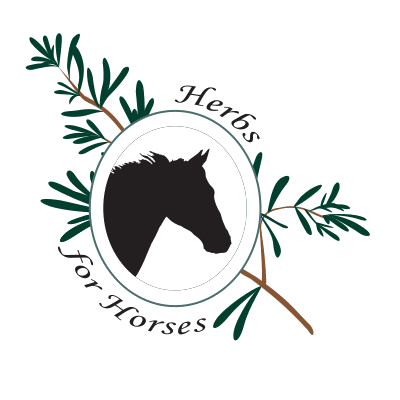Oils and Fats in Equine Nutrition
Many performance horses have large energy requirements which can be difficult to meet with forages alone. Typically, concentrates are added to close this gap in energy needs, but as many horse owners know, large amounts of concentrates increase the likelihood of digestive upset and can be the precursor of other issues such as laminitis.
Though horses evolved on diets low in fat and concentrates, they still adapt quite well to the addition of fats and oils in the diet if they are introduced slowly. Research has shown that horses can successfully adapt to diets with as much as 20% fat.
Fats and oils are a good option because they are calorically dense and increase the energy content of the diet easily. Adding fat in the form of oil to the diet has many benefits besides being a good source of energy. There is improvement in the horse’s coat, mane and tail, the status of vitamin A and E is often improved, there tends to be diminished excitability and there is reduced heat production during work. Therefore, whether you are adding oil for energy or simply adding it as a top dressing to improve coat condition the benefits are plentiful.
A variety of oils are common for equine diets including but not limited to flax, soy, sunflower, palm, hemp, canola, and corn oil. Vegetable oils are widely used because they are a source of slow-release energy. Other oils with specific use recommendations are linoleic acid for muscle development, linseed oil for gastric issues, corn oil for palatability and soybean or canola oil for boosting energy needs. Adding oil for energy instead of continually increasing starch-based concentrates is beneficial because they provide proportionally more net energy than cereal grains.
The main nutritional difference between using cereal grains or oils to provide energy is the amount of omega-3 or omega-6 fatty acids. Cereal grains generally have a greater amount of omega-6s, so adding oil that is generally higher in omega-3s to meet additional energy requirements makes the most sense as it compliments the omega-6s in the cereal grains. It is always ideal to consult an equine nutritionist to determine your horse’s energy needs and the amount of oil supplement you should be providing.
Lastly, when adding oil to the diet it is also important to ensure the diet changes are made slowly. Although it is known that horses can digest quite a large amount of fat in their diet, they must have time to adapt. The current recommendation is that any supplemental oil or fat should be introduced over a minimum of 14 days to avoid gastrointestinal upset, with a 21-day introduction period being best practice. Practical recommendations for the addition of oil are that 5-8% of the diet is often adequate to meet energy requirements, with 10% being the upper limit. Overall, fats and oils have a variety of benefits and are fantastic energy sources for horses but always ensure the introduction is done slowly!
Madeline Boast for Herbs for Horses
www.balancedbay.ca
References:
Fehlberg, LK, Lattimer, JM, Vahl, CI, Drouillard, JS, Douthit, TL. Digestibility of diets containing calcium salts of fatty acids or soybean oil in horses. Transl. Anim. Sci. 2020;4:507-518.
Górniak, W, Moniuszko, H, Wojnarowski, K, Górniak, A, Cholewińska, P, Waliczek, A, Soroko, M, Szeligowska, N. Effect of Vegetable Oils Feed Additives on Endoparasites Associated with Dewormed Racing Horses. Agriculture. 2021;11:525-537.
Harris, P. Feeding Management of Elite Endurance Horses. Vet Clin Equine. 2009;25:137-153.
Kronfled, DS, Holland, JL, Rich, GA, Meacham, TN, Fontenot, JP, Sklan, DJ, Harris, PA. Fat digestibility inEquus caballus follows increasing first-order kinetics. Anim. Sci J. 2004;82:1773-1880.
NRC. Nutrient Requirements of Horses, 6th rev. ed. National Research Council (NRC), National Academics Press, Washington DC, USA. 2007;360pp.
